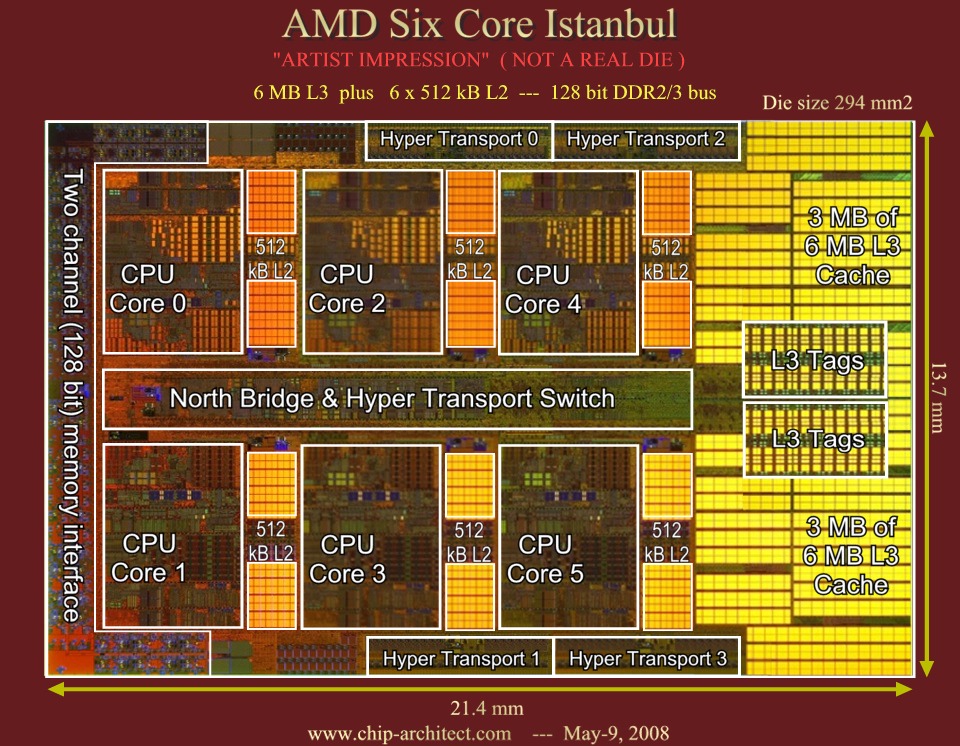I do not expect gamers to care for Llano's GPU performance. That niche will probably go for an Intel CPU and a discrete GPU.
Corporations will not care what frame rate Sandy Bridge has in Crysis.
Corporate buyers and value OEMs with no particular need for graphics performance will find Llano's GPU performance and featureset an interesting checkbox, but that is predicated on the CPU being available and in volume. A competing design that will meet their low expectations will be conveniently available.
Mobile users may benefit from Llano, but Sandy Bridge is being aggressively pushed there as well. AMD's lateness is setting it up to fight for the minority share it has enjoyed in the best of times. That is an improvement over the non-share it is declining to, but the opportunity for far more has been lost.
Instead we have Ontario launched first, which addresses one market that may have peaked in growth potential(netbooks, etc.) and which will be capped by the CULV variants of Intel's chips in the low-end laptop market.
Granted, it does have more time uncontested, and Intel seems intent on chilling customer sentiment by its early press releases.

